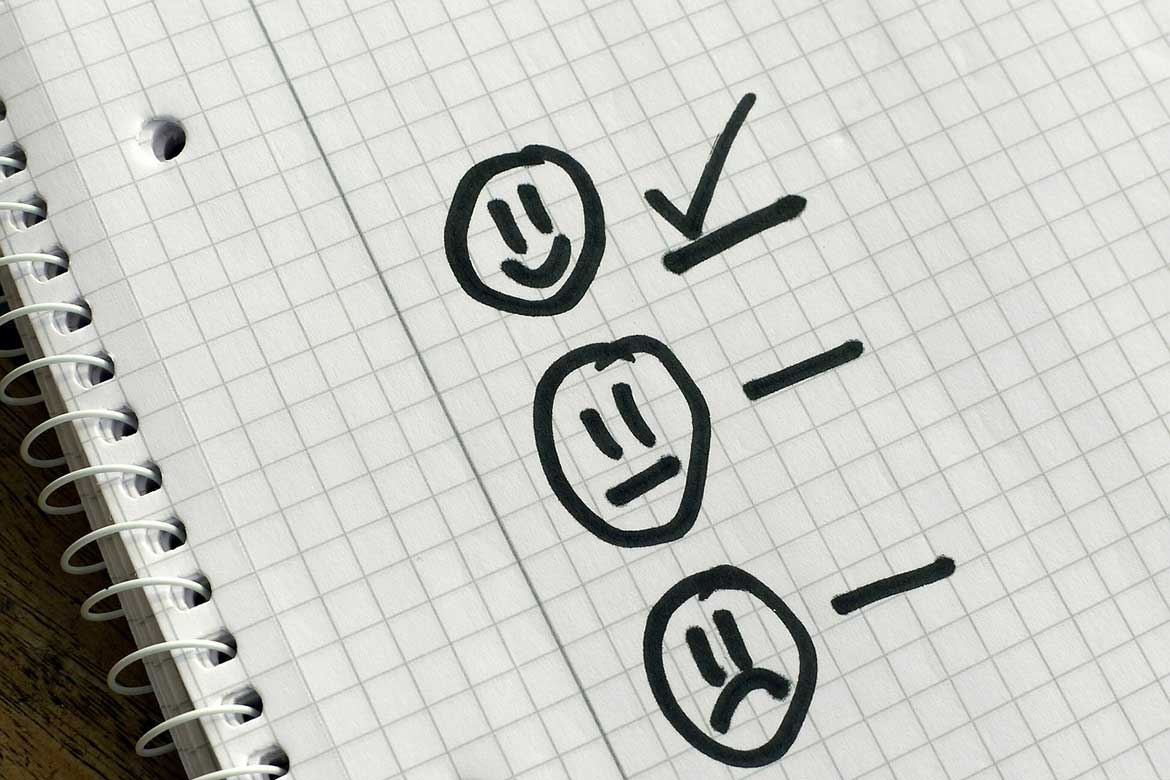23rd September, 2025
The Purpose Of Writing Method Statements And Risk Assessments
Why do businesses create method statements and risk assessments? It might seem like you are just going through the motions to satisfy legal and client demands, but are there any other benefits? If you're wondering if these documents are just another box to tick, keep reading...

Why do businesses create method statements and risk assessments? What purpose do they serve?
If you think the answer is because method statements and risk assessments are a legal requirement, then you are only partly right.
These documents, often known as RAMS, aren't just about complying with legal requirements. Yes, they do that, but they can also create a healthier and safer workplace, which brings many business benefits.
Risk assessments and method statements help you to:
- Comply with the law
- Fulfil client requirements
- Identify safety measures
- Plan work
- Put controls in place
- Make better decisions
- Commit to health and safety
- Communicate arrangements
- Coordinate with other activities
- Monitor health and safety performance
- Keep people safe
Comply with the law
Employers have legal health and safety responsibilities, and these are documented in various health and safety regulations, starting with the Health and Safety At Work etc Act.
Even if health and safety regulations didn't exist, you have a duty of care for your employees. Health and safety regulations give you more of an idea of the things you need to do to fulfil that duty of care.
And yes, all businesses have a legal requirement to assess the health and safety risks in the work they carry out. If you employ 5 or more employees, then you also need to keep a record of your assessment.

We have covered in more detail in another post how risk assessments are a legal requirement in almost all circumstances. In many high-risk situations, method statements are also required by law.
Although doing a risk assessment (and in some situations a method statement) will help you comply with the law, this isn't the true purpose of writing a risk assessment or a method statement.
Let's see why else you need these documents!
Client requirements
Many businesses find they need to write new risk assessments and method statements when they are awarded a new project or job and are asked for a copy of these documents from their clients. It's often part of the contractor vetting procedure.
In the construction industry, for example, you will be asked for your health and safety documentation on nearly every new project you start.
The client will ask for these documents because they want to check how the work will be carried out safely. You will be working on their sites, and maybe even with their staff, and they don't want you to come in and create a problem or cause an accident.
Making sure your work is done safely and without risk to their workforce, visitors, or business, will be a top priority.

So risk assessments are required by the law, and method statements may be required by clients or others involved with your business.
It might seem like you are just going through the motions to satisfy legal and client demands, but are there any other benefits to writing these documents, other than satisfying external requirements?
Identify safety measures
The Management of Health and Safety at Work Regulations say the purpose of the legal requirement to assess risk is "for the purpose of identifying the measures you need to comply" with legal health and safety requirements and prohibitions.
for the purpose of identifying the measures he needs to take to comply with the requirements and prohibitions imposed upon him by or under the relevant statutory provisions
And the reason we have requirements and prohibitions in health and safety regulations? To protect people from harm.

So in other words, the purpose of method statements and risk assessments is to identify what measures you need to take to keep people safe.
As it turns out, there are lots of benefits to creating a method statement and carrying out risk assessments for your activities.
Yes, of course, one of these benefits is to comply with legal requirements, but there are a variety of other benefits that can be gained other than complying with the law. After all, if the regulations place a legal duty on you to do something, it is not usually just for the sake of it. There's often a reason, and in this case, the reason is safety.
The purpose of writing method statements and risk assessments is ultimately to make your work safer. They do this by getting you to plan the health and safety management of your work, to minimise and control the risks, and to protect your workforce and those who may be exposed to your work.
Plan your work
Carrying out your assessment encourages planning for the task or activity. Rather than just going ahead with the work, and finding out the risks as you go along - by which time one of your employees has lost an arm - you think about the challenges of the task first.
These documents make sure you consider what hazards you might face, and how you can control the risk, before starting the work.

Failing to plan safety is planning a safety failing (not the most catchy saying in the world - but true!)
Put controls in place
It's much easier to put controls in place when you are writing your method statements and risk assessments than it is to do it later on when the work is being carried out.
If you wait until the work starts to decide what safety measures you need, you've left it too late!
During the planning stages, you are in a better position to gather resources for the activity and decide on the most appropriate controls. You also have time on your side. If you are already on the site or doing the task, it's often too late to look for a safer way to do things without causing delays.
Make better decisions
Thinking ahead about how the work will be done, and considering the options available helps you make better decisions.

For example, your risk assessment may identify a number of controls that can be put in place to improve health and safety standards for a particular activity, but it may not be possible to put them all in place right away. Having these controls written down in an action plan on your document will help you to prioritise what needs to be done first, and decide when future improvements can be made.
Commit to health and safety
Writing out your risk assessment and method of work gives a degree of commitment to what is written down. Rather than a brief consideration, and perhaps discussing a few options, but not actually reaching a formal decision, by writing down your assessment you are committing to your decisions.
It's not a passing thought that you might forget about later. It's a decision, in writing.
The document then forms a basis for the management of the activity that can be developed and amended in the future.
Communicate arrangements
The purpose of writing your documents is that they then communicate thoughts from those planning the work to those doing the work.
Verbal instructions passed down through the management structure can get forgotten or misunderstood, whereas detailed written risk assessments and method statements provide clear instructions to your workforce.

And you can refer back to the document to refresh your mind on the plan before and even during the work.
Coordinate with other activities
Having written risk assessments and method statements allows coordination with other activities.
You can often spot risks and hazards that might affect the task, that wouldn't necessarily be picked up on the site when you have your head down and are focused on only the task at hand.
Where an activity is close to a high-risk task, the risk assessment for the other task can be read, and the risks and controls associated with the other task can be taken into consideration for your task too.

This sharing of information can help reduce the combined risks involved with multiple activities.
Monitor health and safety performance
Your written documents provide a record, not only to show you have complied with your legal duties, but as something you can refer back to, and use to monitor activities.
Written records of decisions made, instructions given and feedback allow you to check that procedures are being followed, and identify any weaknesses in health and safety management.
Keep people safe
The ultimate purpose, of course, is to keep people (you, your team, visitors and others), safe. By planning ahead, assessing the risk, putting controls in place, and communicating with your team how to work safely, you can create a safe place of work.

And by documenting the process, you can monitor and continue to improve health and safety standards.
Don't leave your health and safety documents on the shelf, use them in your business, and benefit from improved health and safety planning, commitment, communication, coordination and records.
This article was written by Emma at HASpod. Emma has over 10 years experience in health and safety and BSc (Hons) Construction Management. She is NEBOSH qualified and Tech IOSH.
Need Health and Safety Documents?
Search hundreds of health and safety documents ready to edit and download for your business.
Health & Safety DocumentsRecent posts like this...

What Is SSIP Accreditation?
SSIP is a term that has popped up in health and safety in recent years and often appears in pre-qualification questionnaires and company literature. But what is SSIP? Is SSIP another assessment you need to go through? If SSIP is a new requirement, how do you join or become a member?
Read Post
What Is A Method Statement And Why Are They Used In Construction?
You will find method statements on nearly every construction project. They are often used with risk assessments for the tasks and activities carried out during the project. But what is a method statement document, and why are they used in construction?
Read Post
The Purpose Of Writing Method Statements And Risk Assessments
Why do businesses create method statements and risk assessments? It might seem like you are just going through the motions to satisfy legal and client demands, but are there any other benefits? If you're wondering if these documents are just another box to tick, keep reading...
Read Post